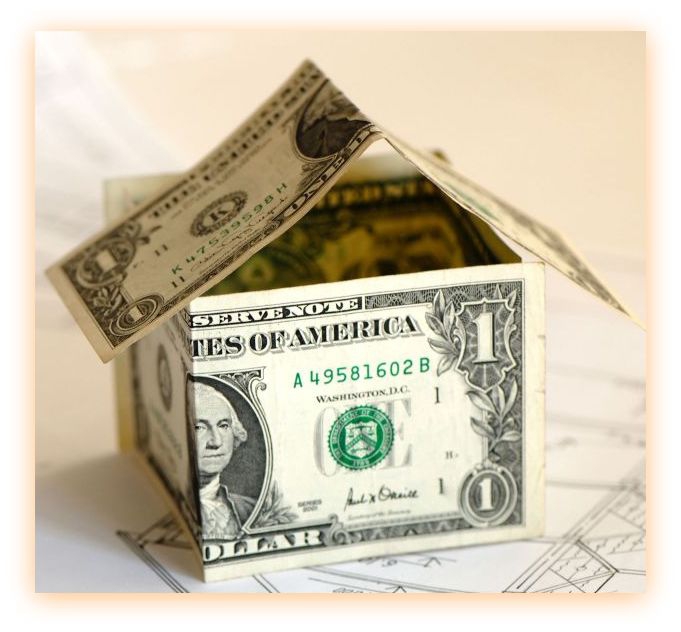The Focus - Our Tax E-Newsletter |
Capital Improvement vs Repair Expense

The question is, what is the tax treatment of amounts paid to acquire, produce, or improve tangible property? The answer is not as straightforward as you may think.
On December 23, 2011 the IRS provided guidance to help us answer this question by issuing temporary and proposed regulations (T.D 9564; REG-168745-03). These regulations were scheduled to become effective on January 1, 2012; however the IRS has delayed the effective date to January 1, 2014 (Notice 2012-73) and has indicated that some of the sections in the temporary regulations may be revised. The sections identified as subject to revision are as follows:
- De Minimis Rule: Sec. 1.263(a)-2T(g)
- Dispositions: Sec. 1.168(i)-1T and -8T
- Safe Harbor for routine maintenance: Sec. 1.263(a)-3T(g)
So what does this delay mean to you, the taxpayer? It will give you the opportunity to adopt the "favorable" portions of the temporary regulations (on or after January 1, 2012) and will allow you additional time to evaluate and implement procedures for identifying capital vs repair expenses.
The original guidance set out to provide some "bright-line" tests in order to clarify what is capital as opposed to what would be considered a repair and routine maintenance.
The proposed regulations require capitalization of amounts paid to acquire, produce, or improve tangible real and personal property, including amounts paid to facilitate (closing costs) the acquisition of tangible property. Amounts paid to repair and maintain property and equipment are deductable if those amounts are not required to be capitalized under §1.263(a)-3, which states in part that any amounts paid for permanent improvements or betterments made to increase the value of such property must be capitalized. Under the proposed regulations these improvement standards are applied to the building itself and individually to its structural components such as heating and ventilation, plumbing, electrical, fire protection and security systems and escalators and elevators. Also the new regulations will allow the dispositions of component parts of a building resulting in the recognition of a gain or loss upon the retirement of such component. Outside of the new regulations, a tool that can be used to help identify categories of assets is a "Cost Segregation Study". This procedure consists of an engineering study designed to break a building up into its component parts. The Internal Revenue Code assigns commercial property a depreciable life of 39 years and 27.5 years for residential real estate. This long recovery period delays the tax benefits of owning real estate and may create a mismatch between mortgage payments and the related tax benefits. The intended result is to break down building costs into specific component parts and depreciate them over a five, seven or fifteen year period. But be aware that not everyone is a candidate for cost segregation.
The proposed regulation also provides a "safe harbor" for routine maintenance. It indicates that recurring activities (inspection, cleaning, testing, replacing parts, and so on) that are expected to be performed as a result of the use of property to keep the property in its ordinarily operating condition aren't capital improvements. The activity is considered routine if, at the time the property was placed in service, the taxpayer reasonably expected to perform the activity more than once during the property's life. As noted above, this section is subject to (yet unknown) revisions. The new regulations also address amounts paid to acquire or produce tangible property under §1.263(a)-2T, which also contains the de minimis rule. Under the proposed de minimis rule (also subject to revisions), a taxpayer is not required to capitalize amounts paid for the acquisition or production (including any amounts paid to facilitate the acquisition or production) of a unit of property if:
- The taxpayer had an applicable financial statement (AFS) as defined in the regulation;
- The taxpayer had, at the beginning of the taxable year, written accounting procedures treating as an expense for non-tax purposes the amounts paid for property costing less than a certain dollar amount;
- The taxpayer treated the amounts paid during the taxable year as an expense on its AFS in accordance with its written accounting procedures; and
- The total aggregate of amounts paid and not capitalized for the taxable year under this provision did not distort the taxpayer's income for the taxable year (the "no distortion requirement"). The aggregate of amounts paid and not capitalized must be less than or equal to the greater of 0.1% of the taxpayer's gross receipts for the taxable year or 2.0% of the taxpayer's total AFS depreciation and amortization for the taxable year.
These temporary and proposed regulations are very complex and must be applied using individual facts and circumstances. Please contact the tax professionals at Dermody, Burke & Brown, CPAs, LLC with any questions you have regarding the new regulations.
The information reflected in this article was current at the time of publication. This information will not be modified or updated for any subsequent tax law changes, if any.
